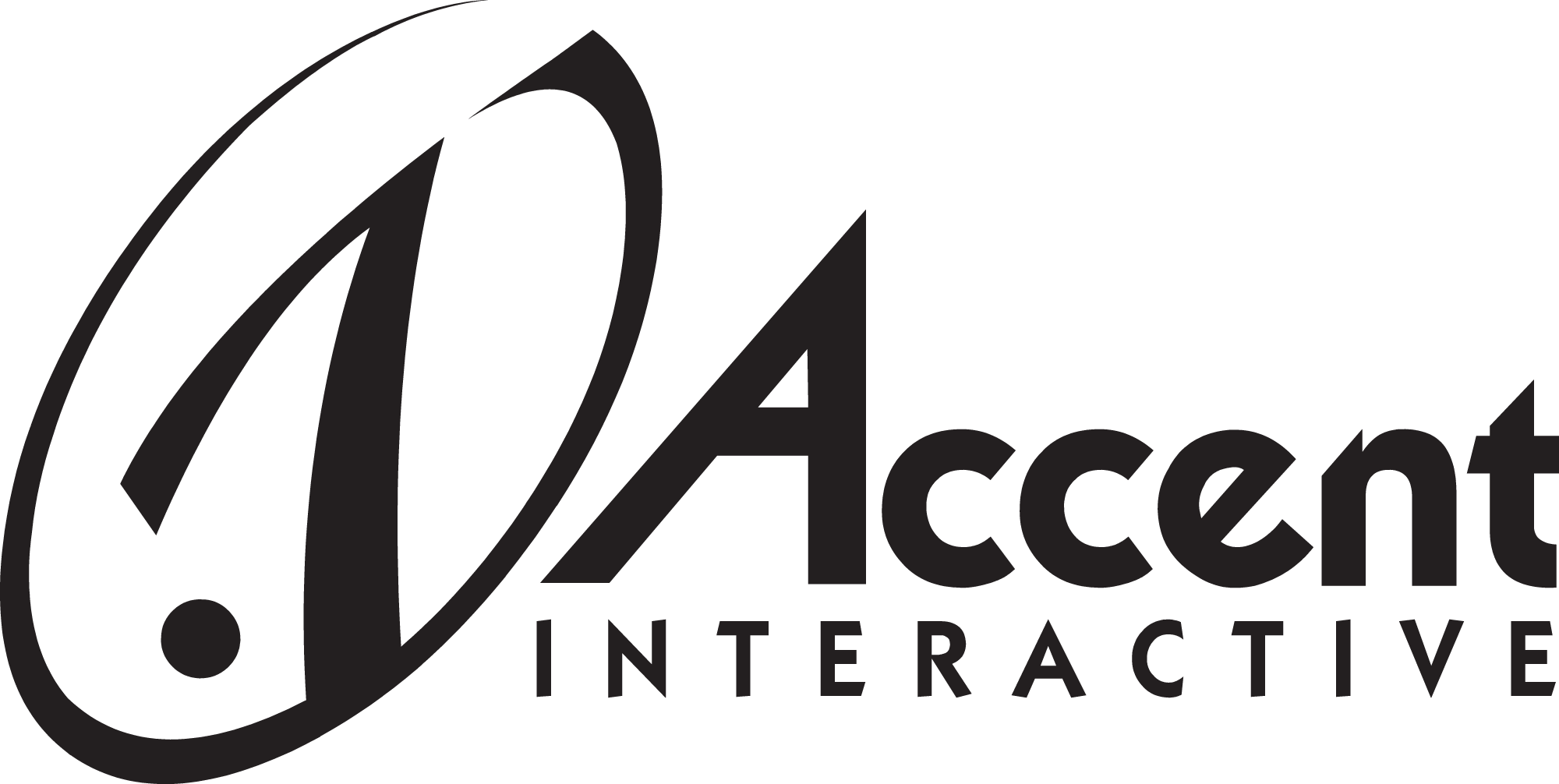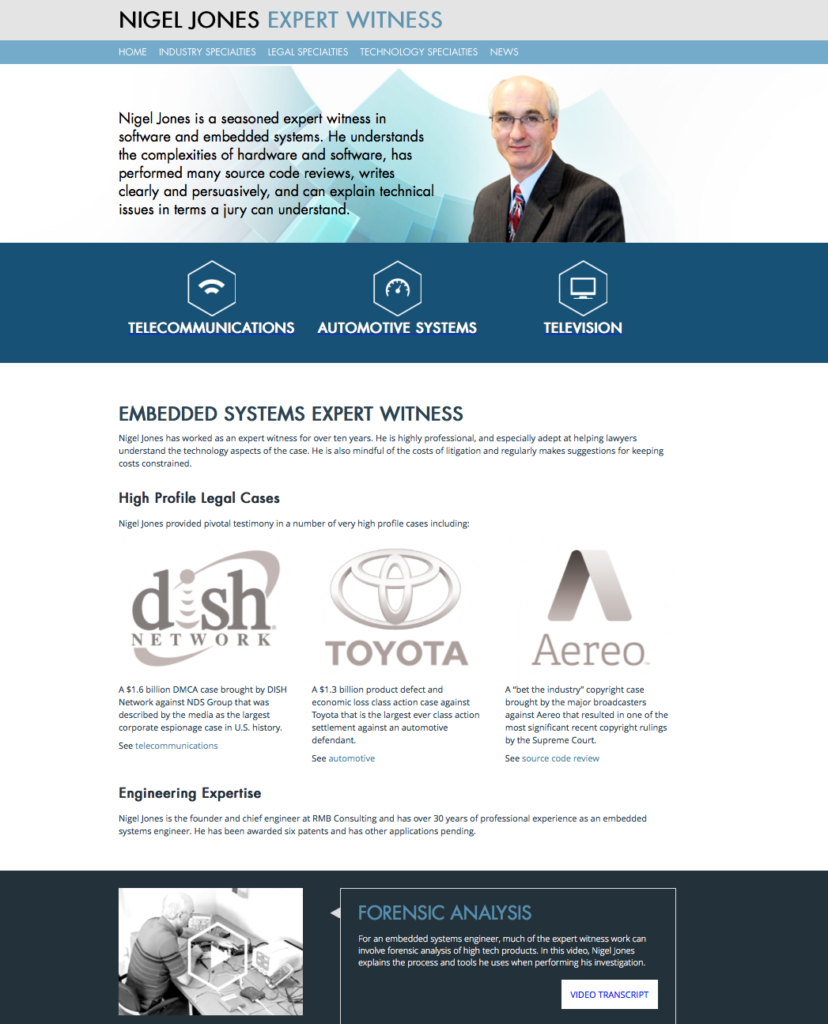Dual Branding
If your business has ever expanded to the point where you’ve wondered, “Should we create a new brand for this segment of our business?” this article is for you.
We’ve had this kind of conversation with many customers, and there are pros and cons either way. Here are the four factors we consider when making this strategic decision.
Deciding Factors
- Nature of the service or product
How different is this service from the other services you offer? The more different the service is, the more it lends itself to becoming its own brand. - Clientele
Look at your audience. If your services are catering to different kinds of consumers, then that’s another indication for a different brand. - Customer experience
Consider what it’s like for your clients to consume this product or service. The more different the experience is, the better it is to separate the brands. - Customer mindset
How connected are the different services in the mind of the consumer? For example, if a carpet store offers the services of carpet sales and installation, as well as carpet cleaning, how related are sales and installation with cleaning? One of them is a once-and-done kind of deal. The other has to do with scheduled maintenance. This question can be hard to answer. You might need to ask customers about their mindset because you may not be objective about this.
Benefits
After considering these factors, is at least one of them different enough to justify a separate brand? If so, there are several advantages to launching the new identity.
- Focused marketing
In general, marketing is more powerful when it’s concise and focused tightly on a niche. It’s easier to resonate with a simple targeted message, and customers can find exactly what they’re looking for without wading through unrelated stuff. - Unique branding
Establishing a new customized brand lets it have more personality, reflecting specifically what it is. No more generic, one-size-fits-all branding. - Improved search engine results
If you’re not trying to cram seemingly unrelated things onto one website, then it’s easier to be successful with search engine marketing. The range of search terms is narrower.
Sub-Brands: Four Stories
Here are examples of Accent Interactive customers that decided to create a new brand or new website for some of their services.
-
Sea King: Same Surf, Different Turf
If you want delicious seafood from Sea King Seafood Markets, you can enjoy it from either their take-out market or dine-in restaurant. This was a case of the same service/product and clientele but different customer experience and mindset.
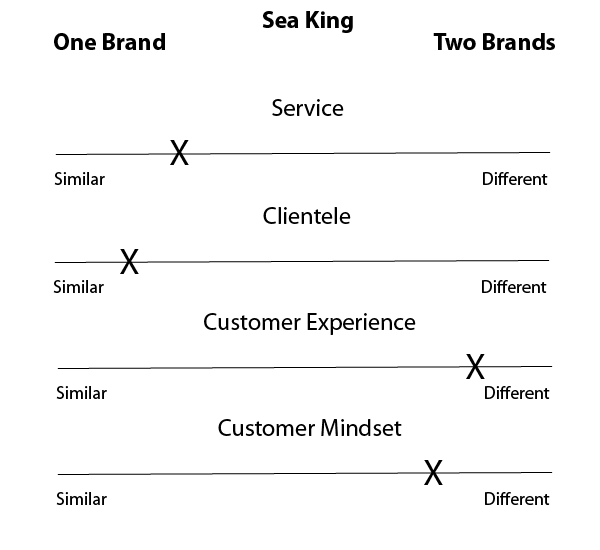
Sea King was running a successful take-out seafood market and decided to expand with a nice dine-in experience. So they renovated their warehouse into an adjacent restaurant. Sea King offered similar menus (but not exactly the same) in both the market and the restaurant. Their audience was very similar—the same local seafood lovers. The market and restaurant were even located in the same building, but had separate entrances. The customer experience and mindset is where the main difference was. Their customers choose whether they want to carry the food home and eat it there, or to dine in and have someone else do the dishes.The strategic decision for Sea King was to market the restaurant as a new brand, with its own name (Sea King Crab House) and website. This decision leveraged what customers already knew and loved about Sea King; and yet a Sea King customer who just wants the take-out market menu doesn’t have to bother with the restaurant’s daily special.

-
Employee Assistance Program (EAP): The Power of Audience
Many large corporations today have an Employee Assistance Program (EAP), which offers counseling and assistance to employees dealing with life’s ups and downs. Most of the factors here suggested that one brand could be sufficient. But this case study demonstrates how a difference in clientele can trump everything.
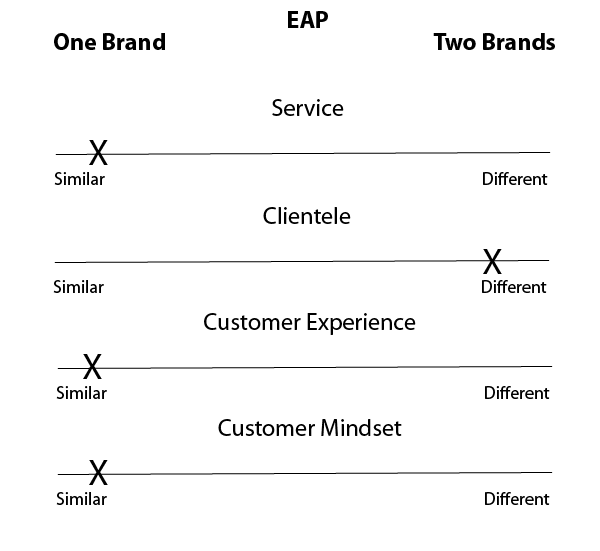
EAP provides the same counseling services by the same staff to all of their clients. However, they are the designated service provider group for two different organizations. When it came time to decide how to brand themselves, we considered the options. One option was to create just one brand and one website for all the organizations they serve. Another option was to create all new brands and new websites for each organization client.The final solution is a balance between those two extremes. We feature a different logo and URL for each organization to give it a unique identity. But the customer experience is the same for each organization, and there is no need to create new content for each website. So we just mirror the content on both sites. This honors each organization with its own dedicated platform, while saving effort in content development.
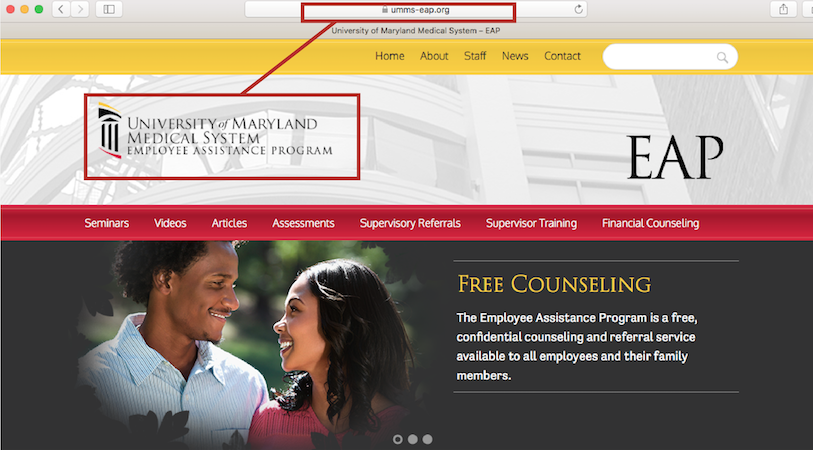
-
RMB Consulting: Get Your Own Bed
This was a case of a service being embedded into a company when it deserves its own brand. The only question for this one was why we didn’t do it sooner.

Nigel Jones specializes in embedded technology products. In addition to creating new products, he also uses his expertise to serve as an expert witness. All of those services were branded under RMB Consulting.He realized, however, that the service of testifying before court is quite different from embedded systems design and consulting. The audiences were different too. As an expert witness, he was offering his services to lawyers. As an embedded systems design consultant, he was marketing to technology companies, manufacturing companies, and engineering teams. The customer experiences were also different. His expert witness clients were trying to prove a case in court, whereas his engineering clients were collaborating on creating new technology.Considering all the differences, it was an easy decision to create a second brand for Nigel Jones as an expert witness. We created a new website and customized the content to the audience. Each service is featured in its best light, without the distraction of a seemingly unrelated service on the same website.
-
Lead NYC: Fruit Salad on a Tree
In this case, a non-profit had already branched out to the point of bearing different fruit. They had one brand for their parent company and another brand for their marketplace services. The parent company was getting rebranded as Lead NYC, and in that process, we reassessed if the marketplace services brand should still be its own entity. Were the kinds of fruit different enough from each other to justify separate brands?

Lead NYC was known for catering to an audience of non-profit and church leaders through conferences and training programs. The marketplace services, however, was targeting a different audience—business people. The mission was to help them vocationally through coaching and executive round-table groups. Thus, the services and clientele were very different from each other.The customer experience and mindset were also different. Charitable people are used to reaching for their wallets to make an impact through non-profits. However, the marketplace services wanted to focus on serving these career-oriented people, not getting donations from them.So it was an easy decision to keep the marketplace services as a separate entity. The next step was to rebrand it, to fit with the new Lead NYC parent brand. To come up with a new name, we asked the founder, Dr. Chip Roper, a series of clarifying questions. This helped him get to the heart of what he wanted to communicate and represent with the marketplace services.
The result was a new name: VOCA Center, and a tagline “find and follow your calling.” The logo was designed to give the VOCA brand a family resemblance with the parent organization.
Establishing the new VOCA name and tagline gives Chip the key he needs to instantly open up conversations with prospective clients. The name VOCA is memorable and compelling. “People never forget VOCA,” said Chip. “It’s life-giving. It’s got zing. And it lets me tell people in one sentence that what I do is about them.”
We also created a video for VOCA Center, consulted on their program design, and facilitated team creativity coaching.
After working with us on branding VOCA, Chip can clearly and enthusiastically explain to people what he does now. As he reflected on the branding experience, he shared advice for other business leaders preparing for that process. “It’s important to have self-awareness about what you’re trying to communicate. Be ready to have your assumptions challenged and to have humility,” he said. “It’s hard to tell the forest from the trees on your own. Accent Interactive figured this out much better than I could have. And at the end of the day, I’m really happy.”
Like Launching an Emerging Adult
We understand that your business is like your child. If your company has grown up, and it’s time for one of its distinct services to become an autonomous person, we’re ready to help it take that step of maturity.

